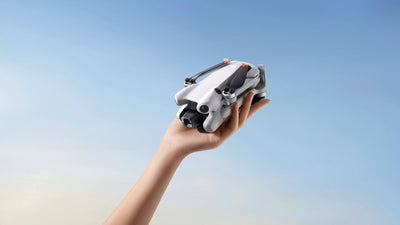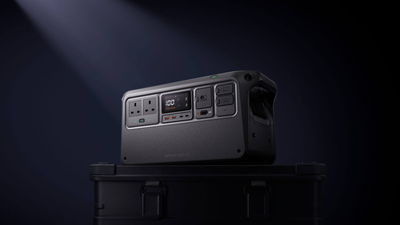CAA Confirms New UK Drone Laws To Support Safe Industry Growth
- by Stefan Gandhi
The UK Civil Aviation Authority (CAA) has confirmed a new wave of drone regulations aimed at simplifying operations, strengthening safety and enabling long-term sector growth. Following a nationwide consultation with nearly 3,500 responses, the proposed updates are now recommended to the Secretary of State for Transport and set to shape the future of drone use in the UK.
Building A Framework For Safer, Smarter Drone Operations
The upcoming changes are rooted in community feedback, reflecting a desire for clearer, more intuitive regulations. A key goal of the CAA is to create a regulatory environment that balances innovation with responsibility. The confirmed package of measures seeks to demystify the rules for drone users while laying the groundwork for a thriving, technology-forward drone sector.
What’s Changing: Key Measures At A Glance
- Simplified Operational Categories: The sub-categories within the 'Open' category are being renamed to make their intent clearer: ‘Over people (A1)’, ‘Near people (A2)’ and ‘Far from people (A3)’. Exemptions related to toy drones will be removed, replaced by a unified weight threshold of 100g.
- Extended Flyer ID Requirements: The free online training and Flyer ID system will now apply to users flying drones over 100g. The learning materials will also be revised to make them more accessible and easier to understand.
- Product Class-Markings Introduced: Drones will need to meet new product standards from manufacture, marked with specific classes to ensure higher safety and security from the outset.
- Remote ID Rollout: Drones will be required to transmit Direct Remote ID signals, broadcasting identity and location data in real time. This measure is central to enhancing transparency and accountability during flights.
- Smooth Transition Period: Operators will have more time to adopt class-marked drones, and manufacturers will benefit from more flexible approval pathways. Most users will still be able to fly their current drones under existing permissions during this period.
Safe Growth Without Disruption
For the majority of drone users, where and how they fly under the current Dronecode remains unchanged. These updates are aimed at future-proofing the framework rather than disrupting everyday recreational or commercial flying.
Kevin Woolsey, Head of Remotely Piloted Aircraft Systems at the CAA, noted, “These changes represent a major step in creating a regulatory framework that is ready for the future - supporting safe, responsible drone use while enabling the sector to grow and innovate”.
He added that the CAA’s ambition is to make the UK a global benchmark in unmanned aircraft regulation by providing clarity, security and space for technological development.
What Happens Next?
The CAA will now work with the Department for Transport to bring these recommendations into law. Once confirmed, a full implementation timeline and guidance materials will be communicated to the drone community. Pilots are encouraged to stay informed via the CAA’s Skywise alerting system (found here).
Conclusion
This landmark update signals a turning point for UK drone regulation. With clearer rules, smarter safety systems and a focus on long-term sector health, the new laws are set to empower operators while ensuring the skies remain secure. For drone users across the UK, the future just became easier to navigate.




